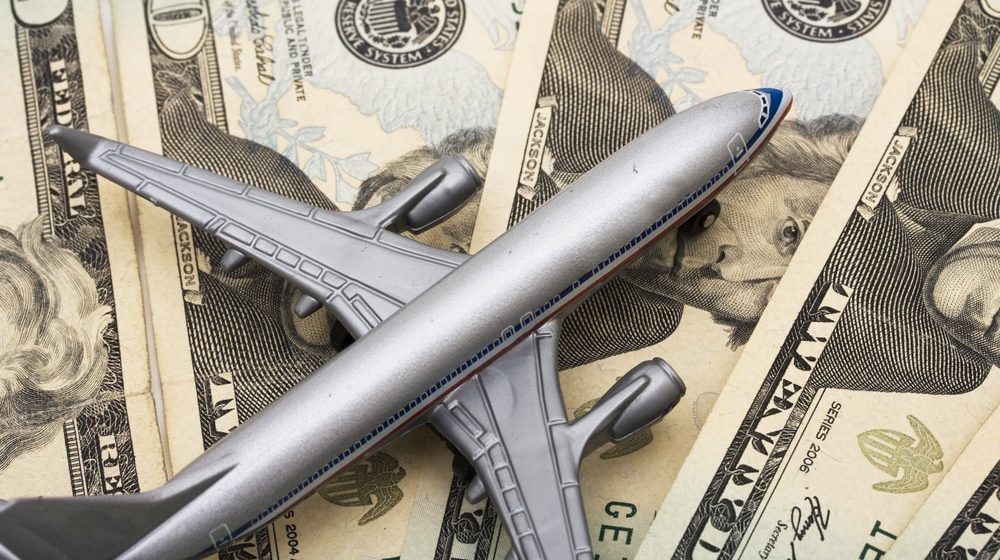Airlines profits and shares price are on a rise due to lower fuel prices and increased cargo demand. Since the start of 2017, share prices of airlines have increased by 22 percent in global stock markets.
International Air Transporters Association (IATA) issued the Airlines Financial Monitor (AFM) which shows the financial health of Airlines. The AFM said that global airline share prices have increased and outperformed the global equity index for the third month in a row in June. Airline shares are currently around 44% higher than a year ago.
“The recent gains in airline share prices indicate that investors are continuing to look through the impact that squeezed profit margins had on airline financial performance in Q1 2017, and are focusing instead on signs that the upward pressure on the breakeven load factor is easing.” the AFM informed.
Airline share prices increased in all three regions over the one year, with the biggest gain seen in the Europe region with increase of 60%, Asia Pacific Airlines with 14.4% and North American Airline with 58.7%.
Despite the increased share prices, the net profit after tax was lower during First Quarter 2017. Airline profits were $2.4 billion down from $ 4.7 billion in 2016.
Passenger yields were 4.5% lower in year-on-year terms but the latest monthly data points towards downward trend in yields bottoming out. The number of available seats in the global airline fleet increased by 0.8% month-on-month in May, and by 6.2% compared with a year ago.
138 new aircraft were delivered in May 2017, down from 150 in May 2016. The net change in the fleet size from storage activity during the month was similar to that seen a year ago. a (net) 32 aircraft were taken out of storage in May and placed into service, compared to a net 34 a year ago. Over the first five months of the year, the number of deliveries are similar to last year; 598 this year to date vs 615 over the same period in 2016.
Annual growth in premium passenger traffic has been stronger than its economy counterpart in a number of markets so far this year, particularly for travel across the Pacific. This corresponds with the recent pick-up in global trade conditions, which tends to correlate well with premium-class travel demand.
Overall, premium airfares have generally held up better than those in the economy cabin. In fact, premium revenues have increased in year-on-year terms in a number of markets during the first four months of 2017, notably to and from Asia.
“Overall, premium traffic accounted for 27.0% of total passenger revenues in the first four months of 2017, up from 26.5% a year ago. Passenger and freight demand have both continued their strong start to 2017. The passenger load factor remains close to an all-time high, while the freight load factor recently recovered to its highest level since July 2014.” the AFM says.
Premium revenues have risen in year-on-year terms on key routes to and from the region so far in 2017.


























Meanwhile PIA price dropped 37%…